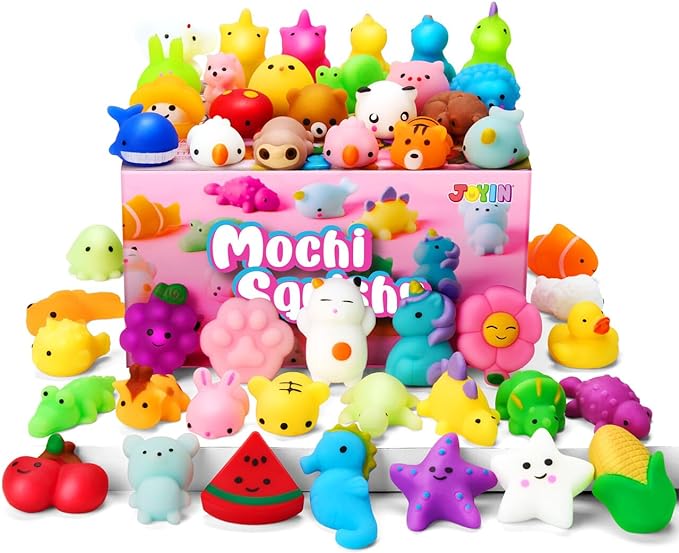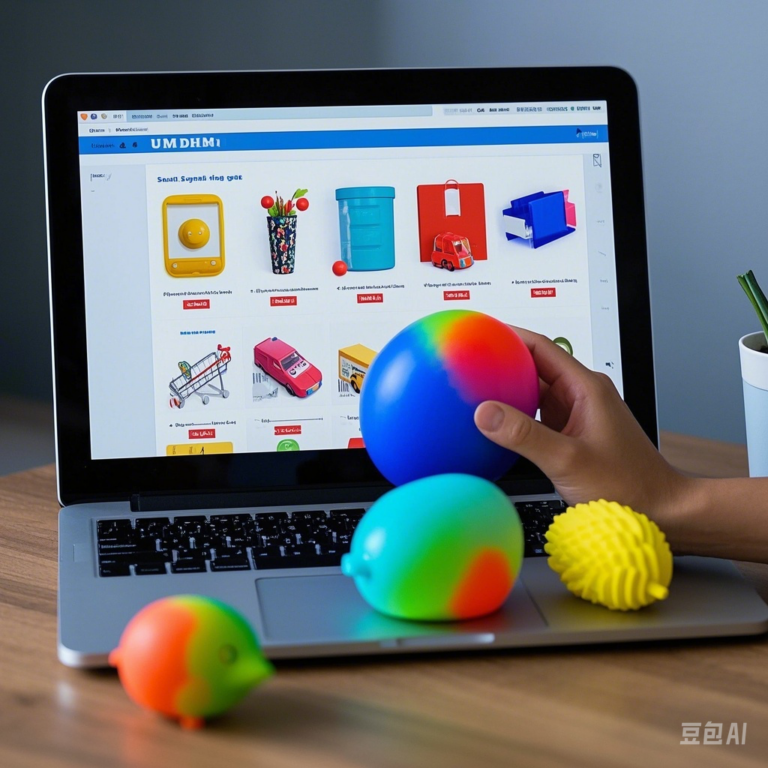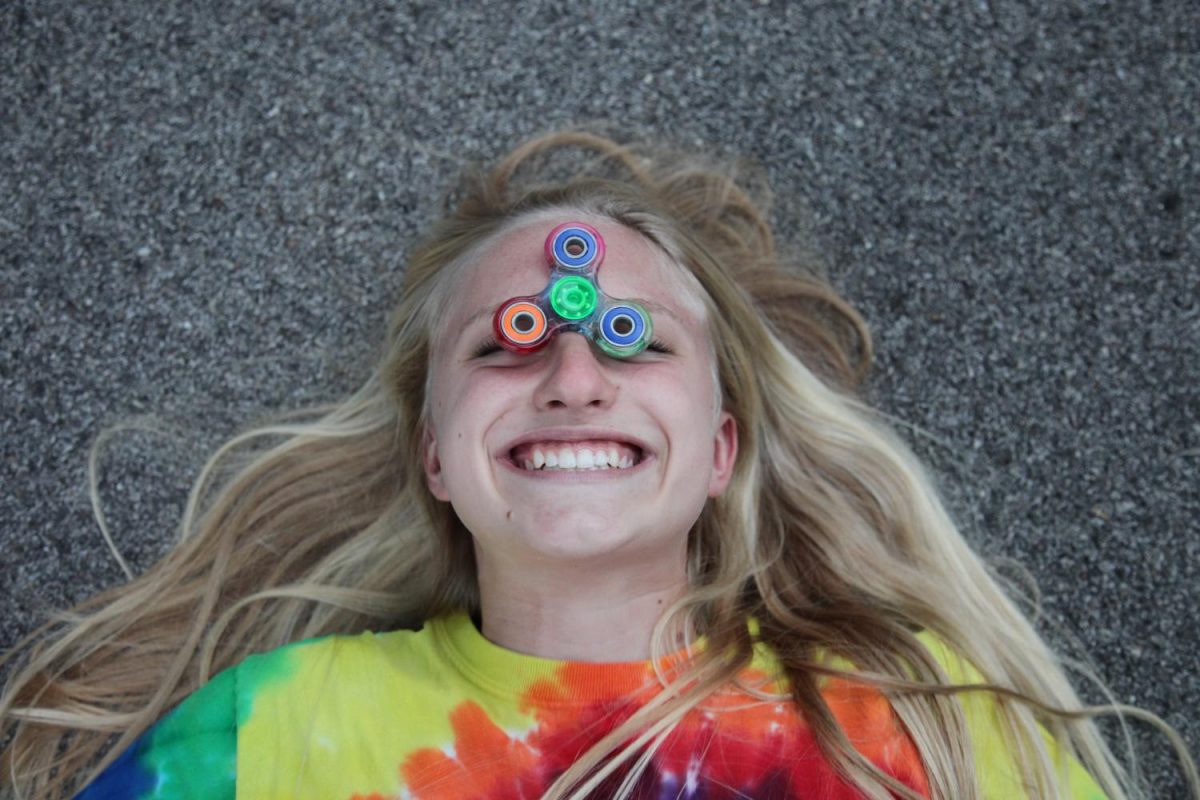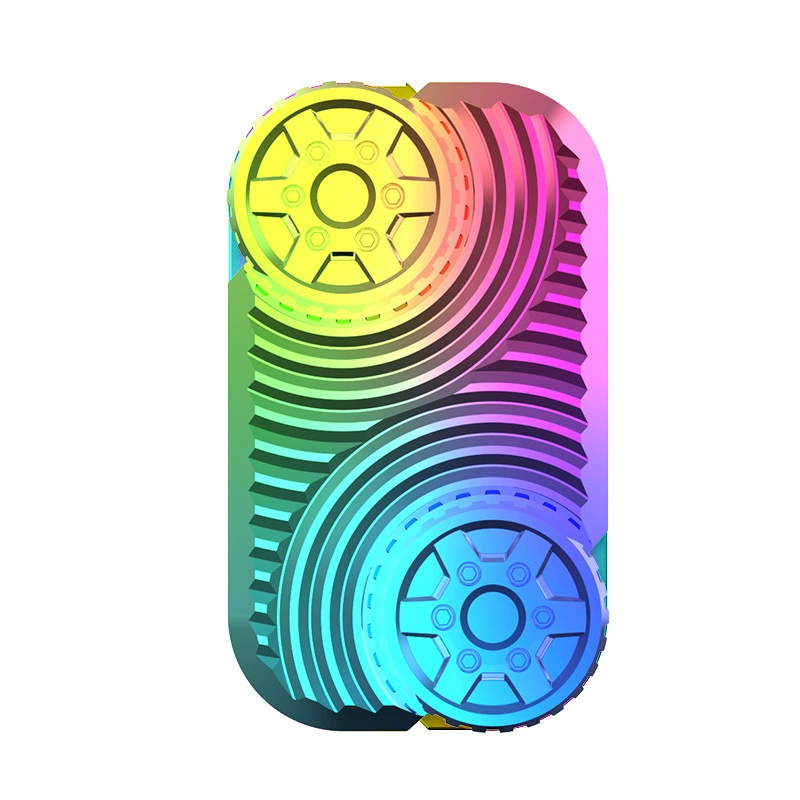-
Shenzhen City, GuangDong Province, China
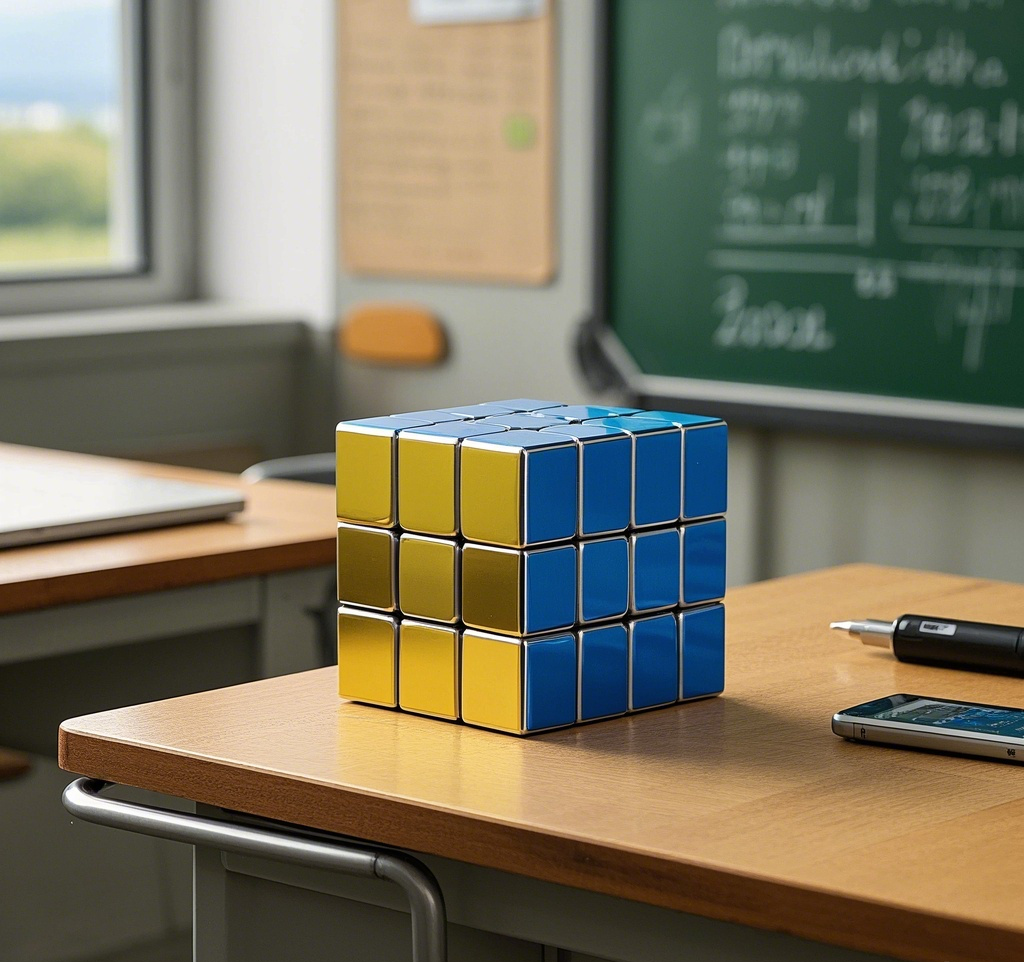
What helps reduce stress at school without fidget toys?
Feeling Calm at School: Fun Ways Without Toys!
School can be super fun! You learn new things. You see your friends. But sometimes, school feels hard. Tests, homework, and lots of people can make you feel stress. This academic pressure can feel like a big weight.
Maybe you have seen some kids use fidget toys. Things like spinny desk toys or squishy balls. Some schools don’t like these toys. They can sometimes make it hard to listen. Also, not everyone has one.
But guess what? You don’t need toys to feel calm! There are many stress management techniques for students you can do right in your classroom settings. These are non-tool stress relief methods. Let’s learn some calming strategies for academic pressure.
Table of Contents
Quick Calm Tricks You Can Do Right Now!
Sometimes stress pops up fast, like before a big test. Here are things you can do super quickly:
- Belly Breathing:
- Sit tall but comfy.
- Put one hand on your belly.
- Breathe in slow through your nose. Feel your belly push your hand out like a balloon.
- Breathe out slow through your mouth. Feel your belly go flat.
- Try the 4-7-8 Breathing Technique: Breathe in for 4 counts, hold for 7 counts, breathe out for 8 counts. Doing this can help reduce test anxiety. It’s one of the best breathing techniques for focus. Some people call it “box breathing” if you imagine breathing around a square.
- Mindful Moments:
- Mindfulness exercises for school stress mean paying attention to right now.
- Try a 60-second body scan. Just close your eyes (if you want) and notice how your toes feel, then your legs, your tummy, all the way to your head.
- Use the 5-4-3-2-1 Grounding Technique. Look around and name:
- 5 things you see.
- 4 things you can touch.
- 3 things you can hear.
- 2 things you can smell.
- 1 thing you can taste (or one good thing about yourself!).
- Doing Mindfulness-Based Stress Reduction (MBSR) for just 10 minutes a day made kids feel much less stressed. Even short classroom meditation routines help. Try Mindful listening exercises during story time. Later, you can try Guided body scans.
- Move a Little:
- You don’t need to run around! Do Desk stretches for relaxation. Reach your arms up high. Roll your shoulders back. Wiggle your fingers and toes.
- Try Progressive muscle relaxation (PMR). Squeeze your hands into fists really tight for 5 seconds, then let go and feel floppy. Do this with your toes, shoulders, even your face (scrunch it up!).
- Gentle Light physical activity breaks can make a big difference. Even just pressing the spot between your thumb and pointer finger can feel calming. Some people find cool folding cubes help with movement, but simple hand presses work too.
Make Your Classroom a Calmer Place
Your classroom space can help you feel calm too!
- Look Around:
- Natural lighting (sunshine!) often feels better than bright fluorescent glare. Maybe ask your teacher to open the blinds.
- Classroom decor for calmness can help. Think soft colors or nature pictures. Some schools even use Aromatherapy for focus with safe smells like lavender.
- Are things too loud? Noise reduction helps! Soft music therapy in schools during quiet work can lower stress. Maybe your school can use soft things on the walls to soak up sound, creating Sensory-friendly classrooms. Some schools have Noise-canceling headphones policies for students who need extra quiet. Reducing noise pollution is key.
- Find a Quiet Spot:
- Sometimes you just need a break. Look for Quiet spaces in schools. Maybe a corner in the library, a bench in a quiet hallway, or even a comfy chair in the classroom. These are great for Mindful transitions between classes. Use these spots for Guided visualization for students – just imagine a peaceful place.
Handle School Work Without the Worry
Lots of homework and tests? Academic workload balancing is tricky. These ideas can help:
- Break It Up:
- Heard of The Pomodoro Technique? It’s simple! Work hard for 25 minutes. Then take a 5-minute break. Walk around, get water, then work again. These Study breaks for mental clarity really help. Good Time management skills for students make work feel easier. Having Balanced schedules for teens and Reducing homework overload are important goals.
- Work Together:
- Collaborative learning benefits everyone! Study with a friend. Explain things to each other. This makes learning fun and less scary. You can create Peer feedback systems or Peer accountability partnerships. Working together builds Teacher-student rapport building.
Feelings Are Okay! Talk About Them
School isn’t just about books. It’s about feelings too. Social-emotional learning (SEL) helps you understand your feelings and get along with others.
- Friends Can Help:
- Peer support groups are awesome. Talk to a friend if you feel stressed. Maybe start a “buddy check-in” system. Some schools have Peer counseling programs or Peer mentoring programs where older students help younger ones. Schools with these programs saw kids miss less school because of stress. You could even try Peer-led mindfulness sessions. Having Student-led wellness committees gives students a voice. Look into Peer Assisted Learning Strategies (PALS) too.
- Teachers Are Helpers Too:
- Teachers care! Many use Positive reinforcement strategies. They might start class with mood check-ins or Classroom mindfulness bells. Teacher modeling of calmness shows you how it’s done. They might use programs from CASEL (Collaborative for Academic, Social, and Emotional Learning) or the Yale Center for Emotional Intelligence. Curricula like Second Step (SEL Curriculum) or frameworks like The Zones of Regulation teach Emotional intelligence development. Positive Behavioral Interventions and Supports (PBIS) help create a Positive classroom culture. Maybe try Gratitude practices for students, like Classroom gratitude journals or Gratitude circles for positive reframing. The FLIP IT! Strategy helps teachers support kids. The 7 Mindsets and The Positivity Project focus on character. The Whole Child Initiative (ASCD) looks at all parts of student well-being. Learn about Assertiveness training for students and Conflict resolution training.
Take Care of Your Body, Take Care of Your Mind
Your body and mind are connected!
- Eat and Drink Well:
- Drink lots of water! Being hydrated helps your brain work better and feel less stressed[^9]. Aim for 5 glasses a day!
- Eat Healthy snacks for focus. Things like nuts, fruit, or even a small piece of dark chocolate can help. Learn about Nutrition education for stress. Try Mindful eating practices – really taste your food! Some people find Chamomile tea for calmness. Chewing sugar-free Chewing gum for concentration can sometimes help too.
- Get Good Sleep:
- Sleep hygiene for teens is super important. Try to go to bed and wake up around the same time each day. Have a calm 10-minute wind-down ritual before bed – maybe read a book (not on a screen!).
Cool Programs Schools Can Use
Many schools use special programs to help students feel calm and happy.
- Programs That Work:
- School-based mental health support is growing. Ask about Mindfulness-Based Stress Reduction (MBSR) programs or the Calm Classroom Program. The MindUP Program from the Goldie Hawn Foundation teaches mindful techniques. Yoga Ed (School Yoga Program) brings Yoga breaks during school hours. The Relaxation Response technique, developed by Herbert Benson, is simple and effective. The Mindsight Institute, led by Dan Siegel, offers insights into the mind. The Quiet Time Program uses Transcendental Meditation. The Holistic Life Foundation brings mindfulness to schools. Even Pet therapy in schools with Therapy Dogs International (TDI) certified dogs can help! Programs like The Coping Cat Program focus on Anxiety reduction in classroom settings. Look for resources from the American Psychological Association (APA) Student Resources, Child Mind Institute, National Institute of Mental Health (NIMH) Anxiety Resources, and The Jed Foundation. The Trevor Project offers crisis support. Trauma-Informed Schools understand how hard experiences (ACEs – Adverse Childhood Experiences) affect kids.
- Fun Ideas for Students:
- Start a Student-led wellness committee. Plan Stress-reduction workshops. Create Student stress surveys to see what helps. Organize Walking clubs during recess or Student-led yoga sessions. School garden projects and Outdoor learning benefits connect you with Nature therapy for students. Get involved in Community service projects. Start School-wide mindfulness challenges. Ask about Brain breaks between classes using resources like GoNoodle. Check out Peaceful Playgrounds Program ideas. The Resilience Project helps build inner strength. The Search Institute focuses on Developmental Assets. The Green Schoolyards Movement brings nature to school grounds. Explore The Joyful Schools Model.
Quick Questions Answered (FAQs)
How can I calm down fast during a test without toys?
A: Try Tactical breathing (like 4-7-8 breaths) and Visualization techniques for tests (picture yourself doing great!). Use the 5-4-3-2-1 Grounding Technique. These are great reducing test anxiety tactics.
Do these ideas really work?
A: Yes! Many studies show they help. The CDC School Health Guidelines recommend things like physical activity breaks. The Journal of School Health publishes research on what works in schools. Mindfulness practices have strong proof. Even using simple stress balls showed benefits in one study, but the tool-free methods are just as good and always available.
My school doesn’t do this stuff. What can I do?
A: Talk to your favorite teacher or school counselor. Share this article! Start small with friends – create your own peer support systems. Practice Self-compassion exercises. Use Positive affirmations for teens – tell yourself “I can do this!” Maybe use Journaling for emotional regulation or Creative writing for release. Try Art therapy for stress relief with Mindful coloring pages or Collaborative art projects. Explore Drama/theater for emotional expression.
You Can Feel Calmer at School!
Feeling stressed is okay sometimes. But you have power! You don’t need special metal fidget cubes or toys to feel better.
Remember these top three ideas:
- Breathe Slowly: Your breath is always with you.
- Notice Your Space: Small changes to light or sound help. Find a quiet space.
- Talk to Friends & Teachers: You are not alone. Build Peer support systems.
Try just one new thing this week. Maybe take 3 deep breaths before class. Or drink an extra glass of water. Small steps build a Stress-resilient routine and a positive classroom culture. You’ve got this! Use these stress management techniques and build your emotional intelligence development. Keep practicing cognitive-behavioral strategies for teens by thinking positive thoughts. Look for school counselor resources and check guidelines from the National Education Association (NEA) Wellness Resources. Remember The Happiness Advantage – feeling good helps you learn!


